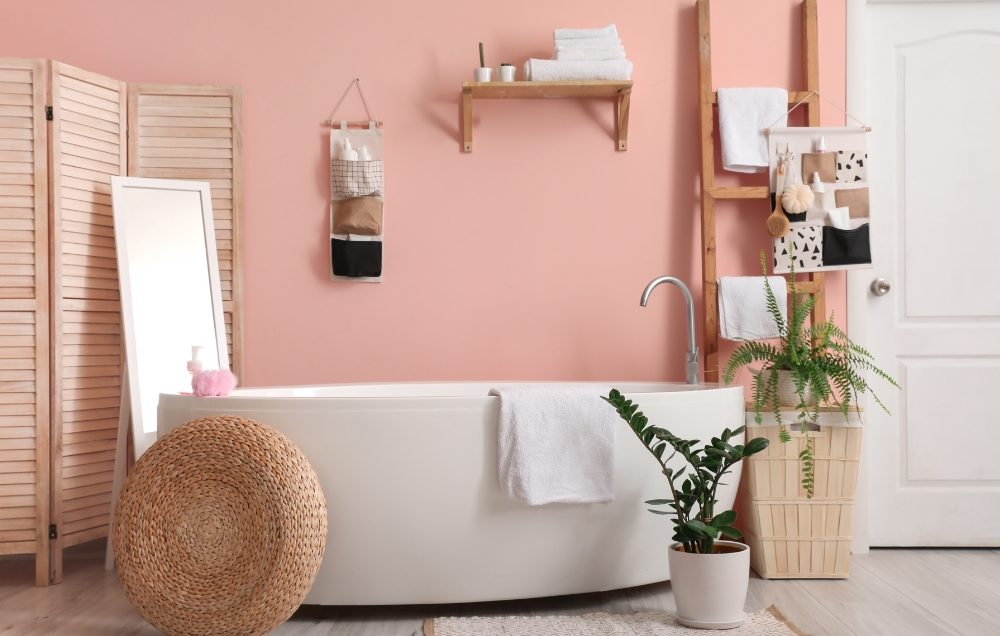
What Paint Do I Use in My Bathroom?
Posted on May 5, 2022
In today’s modern paint world, we’re no longer at the mercy of pesky problems that can occur in moist, warm environments. Mold and other fungi grow best in these environments, which often describes our bathrooms and laundry rooms. Today, we will briefly discuss what these moist environment paints do and how they can help keep you and your family healthy.
Why Is Different Paint Needed In a Bathroom?
Bathrooms create moist, warm air and replace it everyday. In fact, this is why ventilation fans or openable windows are required by most building codes. Mold and mildew thrive when the air is heavily saturated with humidity, so the air must be exhausted outdoors. Unfortunately, sometimes even a ventilation fan is not enough to remove the moisture.
Bathroom paint, also known as antifungal or mold-resistant, is specially formulated to include any number of chemicals like fungicides to help eliminate mold and mildew before they grow. These paints also form an effective seal against moisture when applied to primered drywall, preventing water from contacting the surface. In addition, bathroom paints often contain a polymer that allows the paint to bond to itself, creating an impermeable shell.
Where Would I Use Mold Resistant Paint?
Bathrooms aren’t the only place you might want the added protection of mold resistant paint. Generally, these paints work well in any moist environment, to include laundry rooms and kitchens. Mold resistant paints are available in a wide variety of formulations and provide a much tougher surface than regular paint. Unfortunately, this bonding action can sometimes cause repairs to be difficult to disguise.
Is Mold Resistant Paint Hard to Use?
Most antifungal paints will require a slightly different application than a regular house paint. Because these paints perform a specific function to solve a specific problem, the manufacturer will provide detailed instructions for using the paint. Most will require a thorough cleaning of the surfaces and perhaps a recommended roller nap, but the key is to follow the directions closely.
Are There Any Cons to Using Mold Resistant Paint?
The only real downside to using these specially formulated paint mixtures is that the molecular bond can be so strong that it becomes difficult to patch. Disguising repairs relies on the ability to change the appearance of the existing finish to match the finish on the new repair. In many situations, these paints will actually peel instead of scratch, making repair of a small section difficult to blend in.





